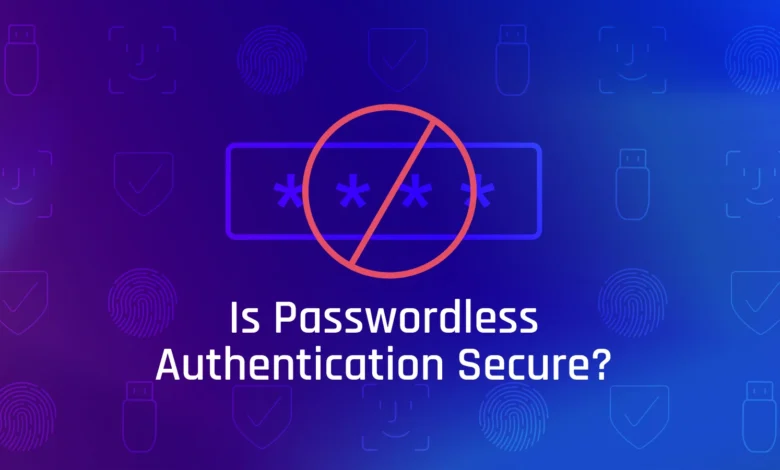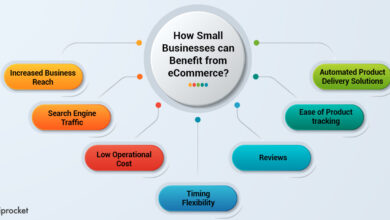What is Passwordless Authentication and How Does It Work?

In an increasingly interconnected world, the need for secure and convenient authentication methods is paramount. Passwords, while commonly used, come with their own set of challenges such as susceptibility to breaches, forgotten passwords, and the burden of managing multiple passwords across various platforms. This is where passwordless authentication comes into play, revolutionizing the way we verify our identities online.
Understanding Passwordless Authentication
Simply put, passwordless authentication is a method of verifying a user’s identity without the need for traditional passwords. It eliminates the reliance on memorizing complex passwords and instead utilizes alternative factors for authentication. These factors can be categorized into three main types:
- Biometric Authentication: Biometrics involves using unique physical or behavioral characteristics to confirm identity. Common examples include fingerprint scans, facial recognition, iris scans, or voice recognition. Biometric data provides a highly secure and convenient way to authenticate users, as these characteristics are difficult to replicate.
- Hardware Tokens: Hardware tokens are physical devices that generate one-time passwords (OTPs) or cryptographic keys. These tokens can take the form of USB keys, smart cards, or mobile apps. Users must possess the physical token to authenticate their identity.
- Email or SMS Verification: This method involves sending a verification code to the user’s registered email address or mobile phone via SMS. The user then enters the code to complete the authentication process. While relatively simple, this method may be less secure compared to biometric or hardware token authentication.
How Does Passwordless Authentication Work?
The exact implementation of passwordless authentication can vary depending on the platform or service provider. However, the general process typically involves the following steps:
- User Registration: Users create an account by providing their email address or mobile phone number.
- Identity Verification: Once registered, users must verify their identity using one of the passwordless methods discussed earlier. For example, they may need to provide a fingerprint scan or receive an email/SMS verification code.
- Authentication: When logging in, users initiate the authentication process. The platform or service provider sends an authentication request to the user’s registered device or email address.
- Authentication Confirmation: Users confirm their identity by providing a biometric scan, entering an OTP from their hardware token, or inputting the verification code received via email or SMS.
- Access Granted: Once the user’s identity is confirmed, they gain access to the platform or service.
Benefits of Passwordless Authentication
Passwordless authentication offers several key benefits over traditional password-based methods:
- Improved Security: Passwords can be easily forgotten or stolen, but passwordless authentication relies on unique biometric data or hardware tokens, making it more secure against unauthorized access.
- Enhanced User Experience: Passwordless authentication eliminates the need to remember and manage complex passwords. This not only reduces user frustration but also streamlines the authentication process, saving time and effort.
- Reduced Password-Related Support Costs: By eliminating passwords, organizations can significantly reduce the costs associated with password resets and account recovery support.
- Scalability: Passwordless authentication can easily scale across different platforms and devices, providing a consistent and secure user experience.
Conclusion
Passwordless authentication represents a significant advancement in the field of online security. By replacing traditional passwords with more secure and user-friendly alternatives such as biometrics or hardware tokens, users can enjoy enhanced security while simplifying the authentication process. As technology continues to evolve, passwordless authentication is poised to become the new standard for secure access to digital services. Embracing this innovative approach can pave the way for a future where secure and convenient authentication is the norm. So, next time you log in to your favorite app or website without typing a single password, remember that it’s all thanks to passwordless authentication.



